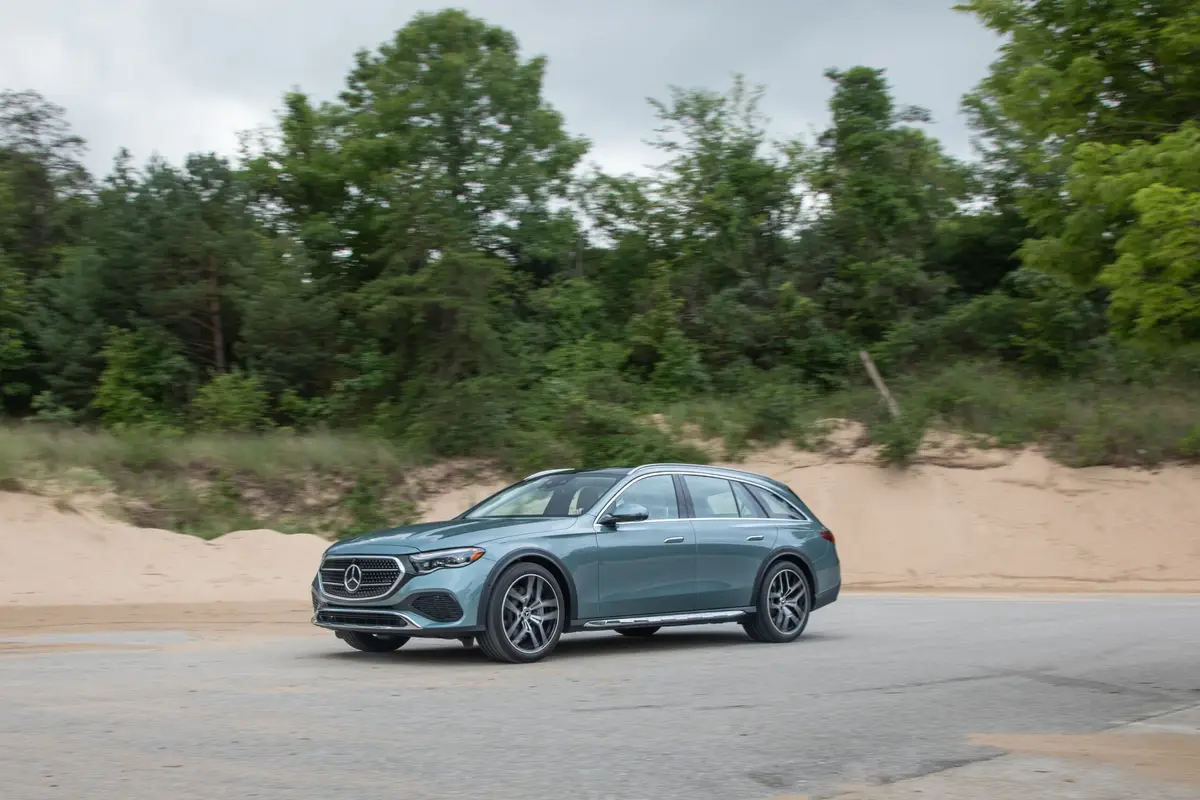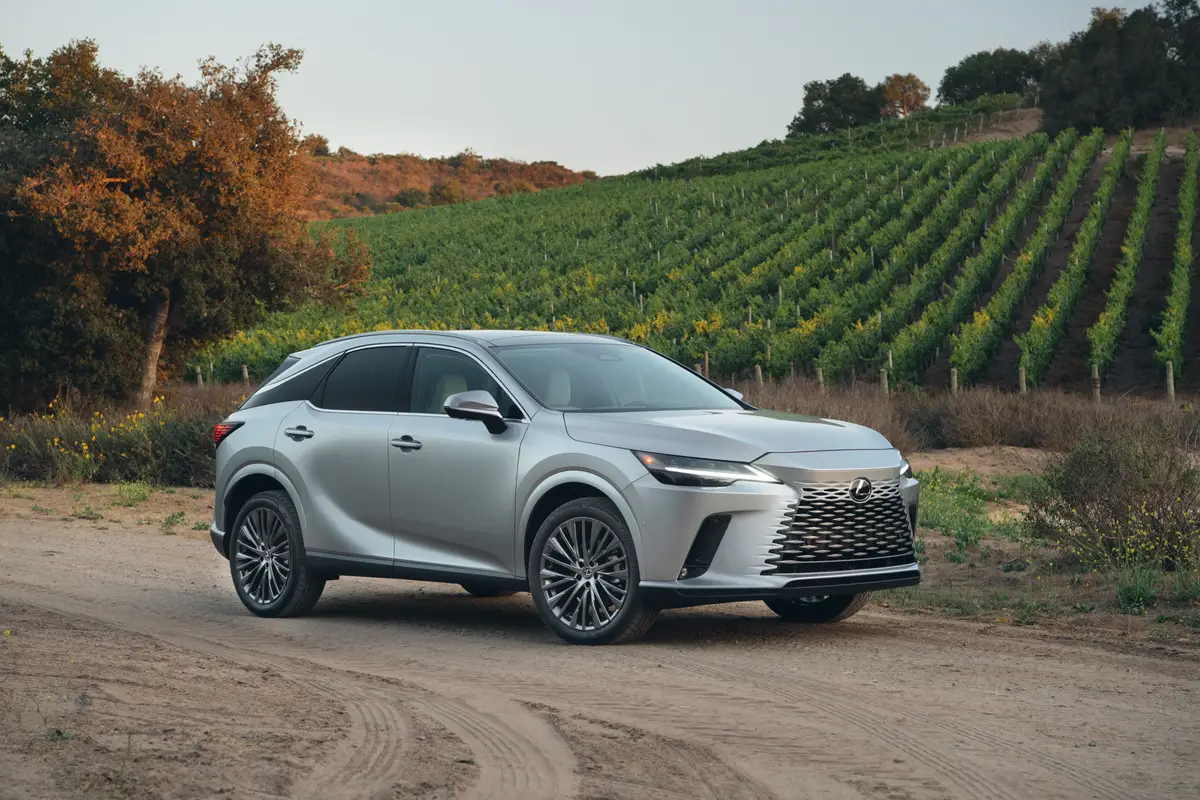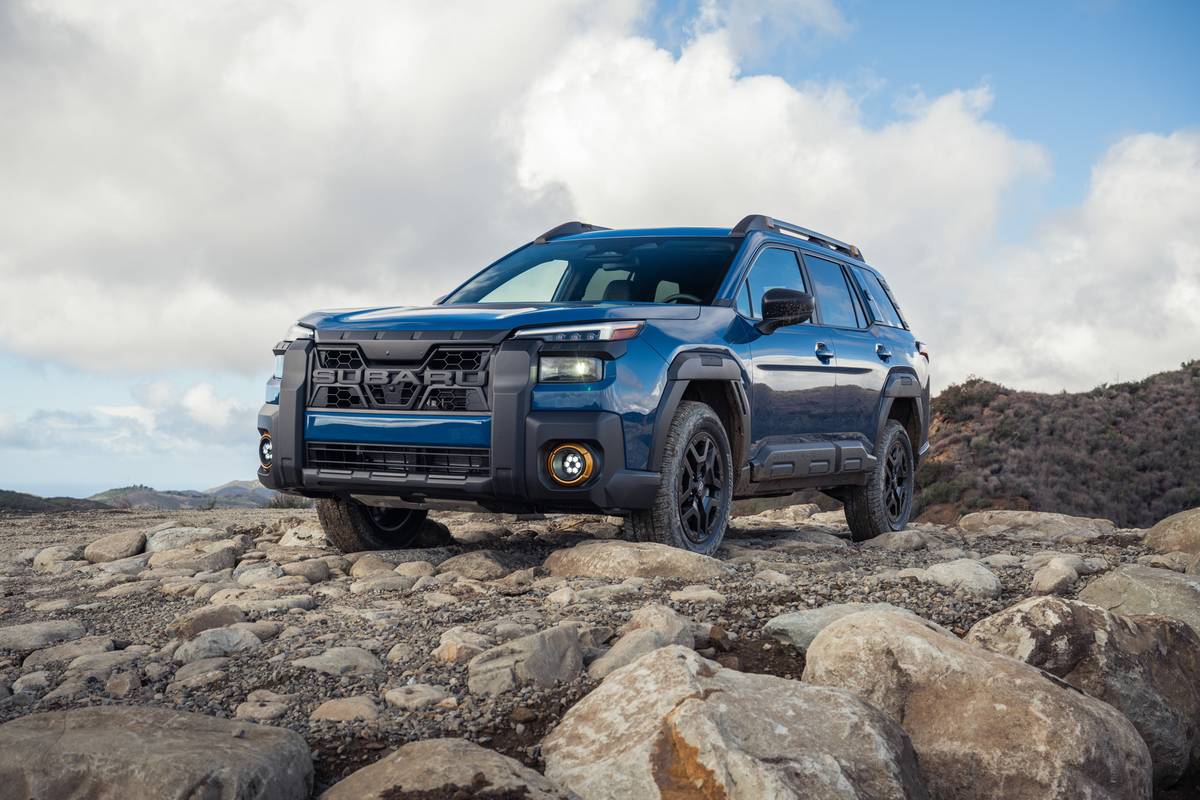The Sacramento Bee's view
There’s something about stepping into the latest-generation Toyota Camry. Sure, there are plenty of fancier, faster automobiles out there, but there’s an overwhelming feeling of majesty sitting in a car that may be bought by more Americans than any other.
Camry has claimed the No. 1 spot in U.S. sales for four years running, with about 425,000 units sold last year alone. The new-for-2002 Camry, the fifth generation of the model, should keep the big numbers rolling in. The midsize sedan is bigger, more attractive, quieter and has a significantly more-powerful base engine. It’s even less-expensive than its predecessor.
My test model was the top-of-the-line Camry XLE with the 3-liter V-6 engine and a four-speed automatic transmission. Right away, I figured something was wrong. The sticker on the 2002 model listed a manufacturer’s suggested retail price of $25,405. The 2001 Camry XLE starts at $26,225. Turns out that the cheaper-is-better trend holds up for the whole 2002 Camry model lineup. Getting more car for less money. What a concept.
The test model was dressed up with options that included vehicle skid control, front curtain air bags, leather trim, a six-disc CD changer, a navigation system and a power moonroof. With a $455 delivery charge, that brought the bottom line to $31,139.
But to put that into perspective: If you had blindfolded me, stripped all identifying logos out of the car and asked me to guess the price of the vehicle based solely on what it had to offer, I would have guessed $35,000, minimum. The charm of the Camry remains the same. There are so many ways to configure it for comparatively little money.
The base LE with a manual gearbox starts at $18,970, and a sporty SE (a new model offering complete with rear spoiler and fog lights) with a manual is a little more at $20,310.
The former entry-level Camry, the CE, has been dropped. Toyota officials said the three 2002 models were designed to appeal to specific groups of consumers. The bottom line is Toyota is not content with its current mass of Camry buyers; it’s trying to appeal to a wider range of ages and tastes.
That should be no problem. The new Camry has just about anything anyone would want in motorized transportation — pleasing everyone from young, single adults to the prototypical American family. Given Toyota’s history of reliability and durability, it makes for a powerful package. And the automaker has added enough to sweeten the deal for 2002.
I liked the new Camry better just looking at it. Vanilla exterior styling has been replaced with some subtle curves and a front end that has the elegance of a Mercedes. Happily, Toyota did not go over the top in its redesign.
The 2002 Camry is built on its first all-new platform in a decade — the Toyota Highlander sport-utility vehicle rides the same platform — and the benefits of the move are apparent when the Camry i s rolling. Handling is decidedly better than the previous-generation model, and I was startled at the nearly silent ride.
Silence does not translate to lack of power. The V-6 in the XLE delivers a robust 192 horsepower. My XLE easily held its own zipping through rush-hour traffic, merging onto freeways and climbing foothills. The fuel economy rating is a respectable 20 miles per gallon in the city, 28 mpg on the highway.
Those who don’t want to pay XLE-level fare will be happy to know that the power drop-off to the base 2.4-liter, four-cylinder power plant is not huge. It’s a new engine that delivers 157 horsepower — up 21 ponies from the previous four-banger — and has the additional advantage of variable-valve timing.
About the only gripe heard from Camry buyers since its debut in 1983 has been a lack of interior room. The new model probably will quiet that crowd, because it adds two inches in width and length. The result is more room inside, incl g an inch more head room.
Interior-room advocates also will like the new fold-down 60/40 rear bench seat. The option enables Camry buyers to carry bulky items they had no prayer of handling in previous Camrys.
The standard features list is exceptional. By including so much standard equipment — as opposed to a long list of costly options — Toyota has kept the Camry’s price well within range of most budgets.
On the tested XLE, standard amenities included automatic climate control with rear-seat vents, power/heated outside mirrors, power front seats, wood-grain interior trim and steering wheel-mounted controls for interior systems.
The one glaring and utterly mysterious exception in Toyota’s marketing strategy is the lack of standard four-wheel, anti-lock brakes on the LE and SE models. After throwing in almost everything and the kitchen sink, ABS is optional on the lesser Camrys. Go figure.
Motorists who want to splurge on a navigation system will find the 2002 Camry’s easy to use and read. Toyota engineers avoided dashboard clutter by putting CD/cassette tape access behind the navigation system’s display screen. With the push of a button, the screen folds out of the way in true “Star Wars” fashion; the process is guaranteed to wow your passengers.
The bottom line is that Toyota has definitely raised the bar in its efforts to win over American hearts in the heated practical-sedan competition. Toyota’s marketing gurus even geared the upcoming campaign to the concept of Camry moving “from sensible to sensual.”
Whatever your passion, it will be interesting to see how the next year sorts out with the Nissan Altima and Honda Accord offering formidable competition.
Make/model: 2002 Toyota Camry XLE V6.
Vehicle type: Five-passenger, front-drive, four-door, midsize sedan.
Base price: $25,405 (as tested, $31,139).
Engine: 3-liter V-6 with 192 horsepower at 5,300 revolutions per minute and 209 pounds/foot torque at 4,400 rpm.
EPA fuel economy: 20 miles per gallon city; 28 mpg highway.
Transmission: Electronic four-speed automatic with overdrive.
Steering: Variable-assist power rack and pinion.
Brakes: Four-channel, three-sensor anti-lock.
Suspension type: MacPherson strut with gas-filled shocks and stabilizer bar on the front; dual-link independent MacPherson-strut with gas-filled shocks and stabilizer bar on the rear.
Interior volume: 101.7 cubic feet.
Trunk volume: 16.7 cubic feet.
Fuel tank: 18.5 gallons.
Curb weight: 3,362 pounds.
Front track: 60.8 inches.
Rear track: 0.4 inches.
Height: 58.3 inches.
Length: 89.2 inches.
Wheelbase: 107.1 inches.
Width: 70.7 inches.
Tires: P215/60R16 all-season tires.
Final assembly point: Georgetown, Ky.
Latest news



